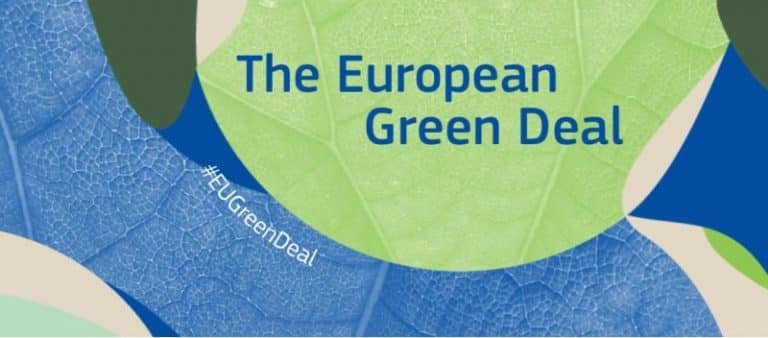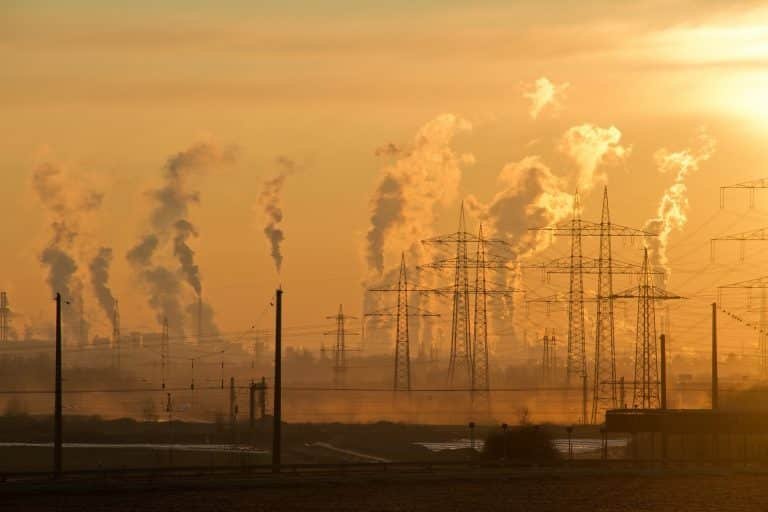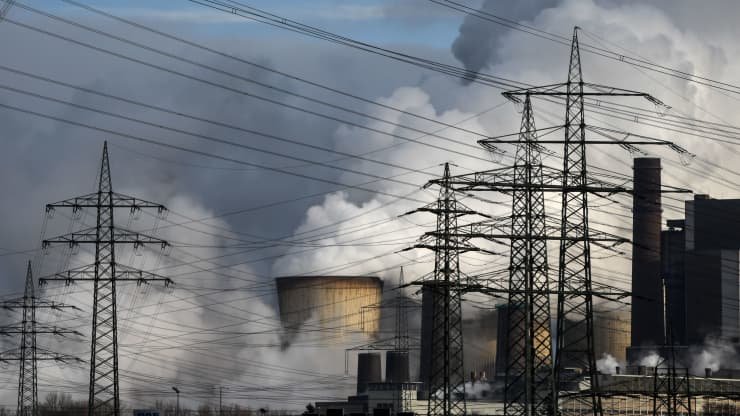Here’s a new money-making model for you.
Plant a small forest in your backyard. Call it “afforestation” and “carbon sequestration.” Calculate how many tons of carbon dioxide will be locked away in your forest over its lifetime. Then sell those carbon credits to companies and private entities who are still busy pumping CO2 into the air.
Congratulations, you’ve just marketed carbon offsets!
It’s not quite that easy, of course, but in the race to reduce their carbon footprint, companies are realizing that the carbon offset market is largely unregulated.
The market for carbon offsets is voluntary – there’s no government agency setting a standard emission reduction that must be met for eligible project. There’s not even an established criteria for what makes a viable carbon offset project.
Take a quick scan over the voluntary carbon markets out there and you’ll see a dizzyingly broad range of projects on offer. Renewable energy projects are always popular, as well as projects that lock carbon emissions away. You’ll also find forest management projects. Biogas projects. Water quality projects. The list goes on and on, with some of the projects seeming more and more unrelated to actual greenhouse gas emissions reductions.
A Wild West of Carbon Credits
Technically speaking, carbon credits are government-issued carbon allowances. Under the right conditions, they can be bought and sold in different exchanges. But participation is limited to entities (typically companies) in areas with an Emissions Trading Scheme (ETS). In the US, only California has a state-administered carbon trading program.
That leaves a growing demand for companies to take responsibility for their greenhouse gas emissions, but no formal market to meet that demand.
That’s where the idea of carbon offsets comes in.
Carbon offsets are carbon credits traded on the voluntary market. By investing in carbon reductions projects, companies can “offset” the carbon they produce.
Offsets don’t fall under existing government regulation. They’re an entirely natural market response to a new demand.
But that does raise an important question: who verifies carbon credits?
Without a government regulator, the market is left to sort out its own verification activities. In a new and growing market, that means a lot of uncertainty, but also an immense opportunity for any entity who can oversee other carbon offset providers.
Market-led verification
Think of “third-party verification,” and you probably think of some bureaucratic seal of approval. That’s how most regulation works. Government sets standards, and administers those standards through agencies that police different sectors of the market.
But verification isn’t only about meeting certain regulatory requirements.
Verification ensures that consumers receive proper value for their money.
In the open market, the job of ensuring proper value – verification – often falls to a third party. That third party often has an outsize influence in the development of the broader market, and the voluntary carbon market is no exception.
Carbon credit verification is a rigorous process that involves various steps to ensure the legitimacy of the credits. The verification process typically starts with the project developers who implement carbon reduction activities and generate the credits. They need to provide evidence of the carbon reduction, such as monitoring data, project reports, and other relevant documentation.
Once the project developers have collected the relevant data, it is submitted to a third-party verifier who assesses the data and ensures that the project meets all the requirements of the chosen carbon credit standard. The verifier will also check for any errors or inconsistencies in the data and verify the accuracy of the project report. If the verifier is satisfied that the project meets all the requirements, it issues carbon credits, which can be traded on the carbon market.
Multiple market approaches
Need a carbon offset? You’ll have two options when it comes to purchasing them.
You can buy carbon offsets individually, selecting the offsets and the price you pay for them. Sites like Nori and GoldStandard leave much of the verification process to the consumer. It’s up to you to examine the projects and select the ones you think will provide the greatest impact.
Voluntary offset market sites like these do some verification on their own, of course. By deeming a particular program worthy of being offered on the site, Nori and GoldStandard are implicitly verifying the programs.
Other offset markets provide offsets in a portfolio. By bundling offsets from different projects together, companies like Native can sell a wide range of offsets in one package. It’s a bit of verification through diversification – not every project will be as successful as others in actually reducing CO2 emissions. But by purchasing offsets that cover more than one project, investors can be confident that stronger offsets will offset weaker ones.
Building a new verification ecosystem
But what goes into a carbon offset? Who calculates the tonnes of carbon locked away in a given program? Who measures the carbon emissions reductions?
The smart carbon offset provider realizes that the offset market marks a golden opportunity to establish itself as the ultimate verification tool. Any company that can claim to have the best verification process can position itself to lead the rapidly-growing offset market for years to come.
The proof is in the pudding. The company that can prove its carbon offsets contributed to sustainable development benefits will have a notch in its belt. Anyone who can demonstrate clearly-achieved GHG emission reductions will be able to use that success to attract more investors to its projects.
In the voluntary carbon market, better verification leads to demonstrable results. And in a world increasingly aware of environmental damage, demonstrable results will lead to greater sales of carbon offsets.
One example of a company attempting to do just that is Verra.
Verra markets itself not as a seller of carbon offsets, but as a company that provides reliable carbon standards.
What sets Verra and its competitors apart is their efforts to provide internal offset verification services.
In Verra’s case, that means recruiting, training, and maintaining a network of auditors who can follow up on any Verra-approved offset programs. It’s in-house offset project verification, trying to ensure that a ton of carbon offset is an actual ton of carbon gone. That’s easier said than done, and it requires an extensive network.
But with a market growing as rapidly as the carbon offset market, the potential prize is worth it.
What Verra and others are pushing for is the chance to be the de facto verification body for an entire industry.
That push may seem to run against the market, but consumers will have the last word as always. The difference between carbon offset projects may not be apparent immediately, but as the market grows it will be easier to choose offsets based on reputation.
A standard for carbon offsets doesn’t need to be government-issued.
The markets can and will set their own standards.










